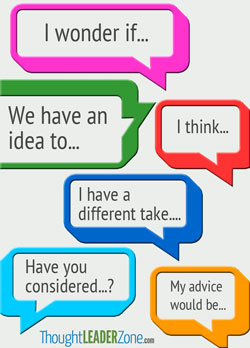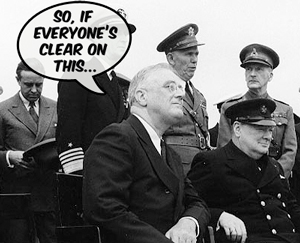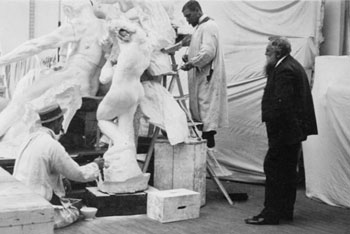Jeb Corliss and Karina Hollekim are extreme athletes doing extreme sports. Jeb’s YouTube video is called “Grinding the Gap” and includes some amazing footage of the hang-glider’s maneuvering mountains and the narrow gaps between them. It takes experience – and luck – to survive such a glide.
Karina is a Norwegian base jumper or more accurately a B.A.S.E. jumper. B.A.S.E is an acronym the stands for Building, Antenna, Span (a bridge, arch or dome), and Earth (a cliff or other natural formation), which are the types of fixed objects these athletes parachute from – and often don’t live to tell the tale. Karina is still alive and a film about her called “20 Seconds of Joy” won the Best Documentary on Mountain Sports at the Banff Mountain Film Festival in 2007.
Karina is lucky – an extreme athlete who proclaims on her film’s website, “I don’t want to die – I want to live.” But she recognizes that she has to have both luck and experience to stay alive. It’s described as taking a piece of luck out of your “luck jar” and putting it in your “experience jar.”
In the world of “extreme business,” you as a thought leader also have a jar of experience and a jar of luck – are you using your experience to ride your luck? Are you pushing the boundaries inside your organization? Are you grinding the gap and “flying” close to danger but still succeeding? Ask, assess then act.



 I recently heard an unusual comparison between two technologies: a computer and a television. A computer is a lean-forward technology, whereas a television is a lean-back technology. It made me think that management styles also could fall into those two different categories.
I recently heard an unusual comparison between two technologies: a computer and a television. A computer is a lean-forward technology, whereas a television is a lean-back technology. It made me think that management styles also could fall into those two different categories.




